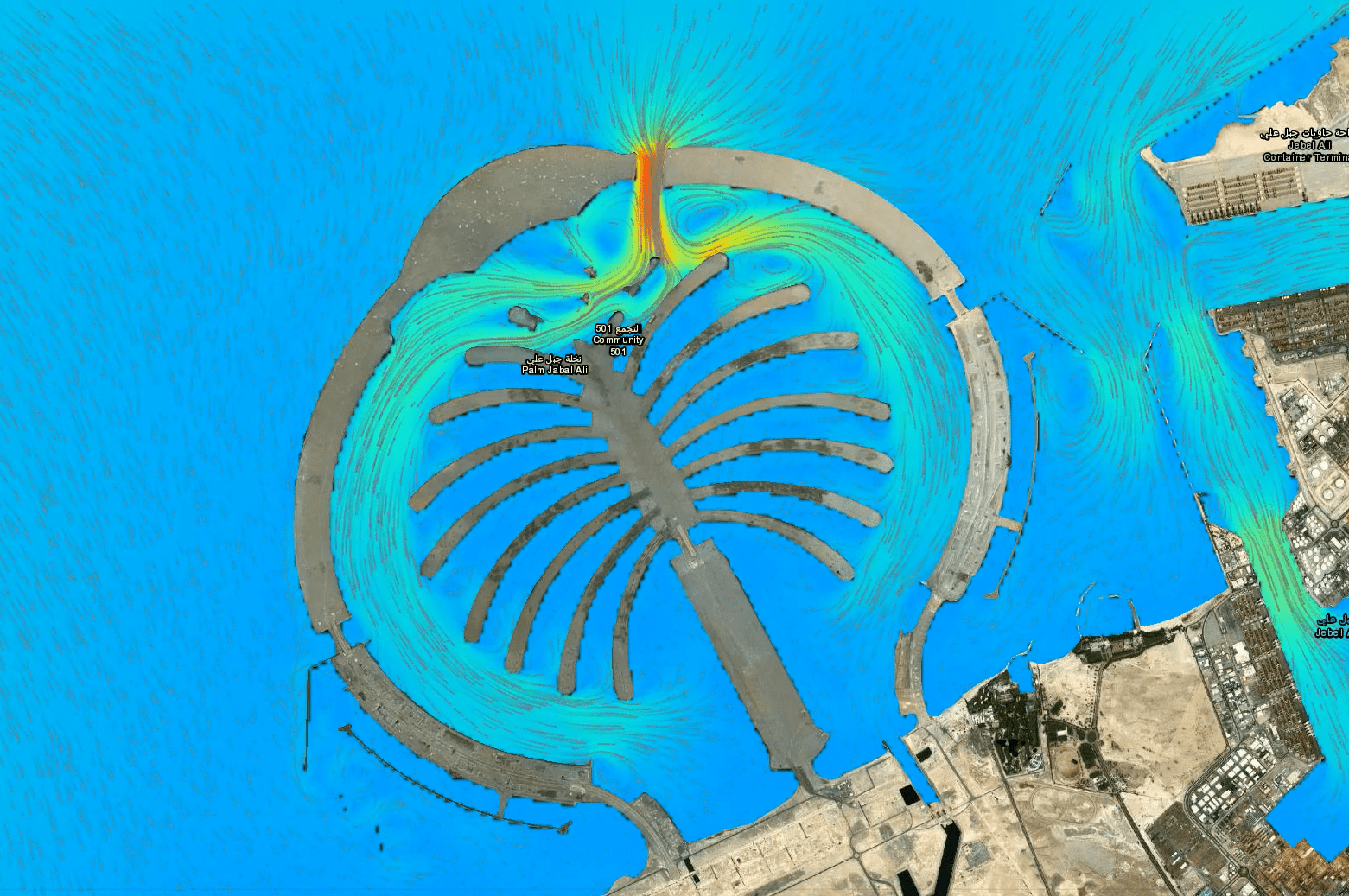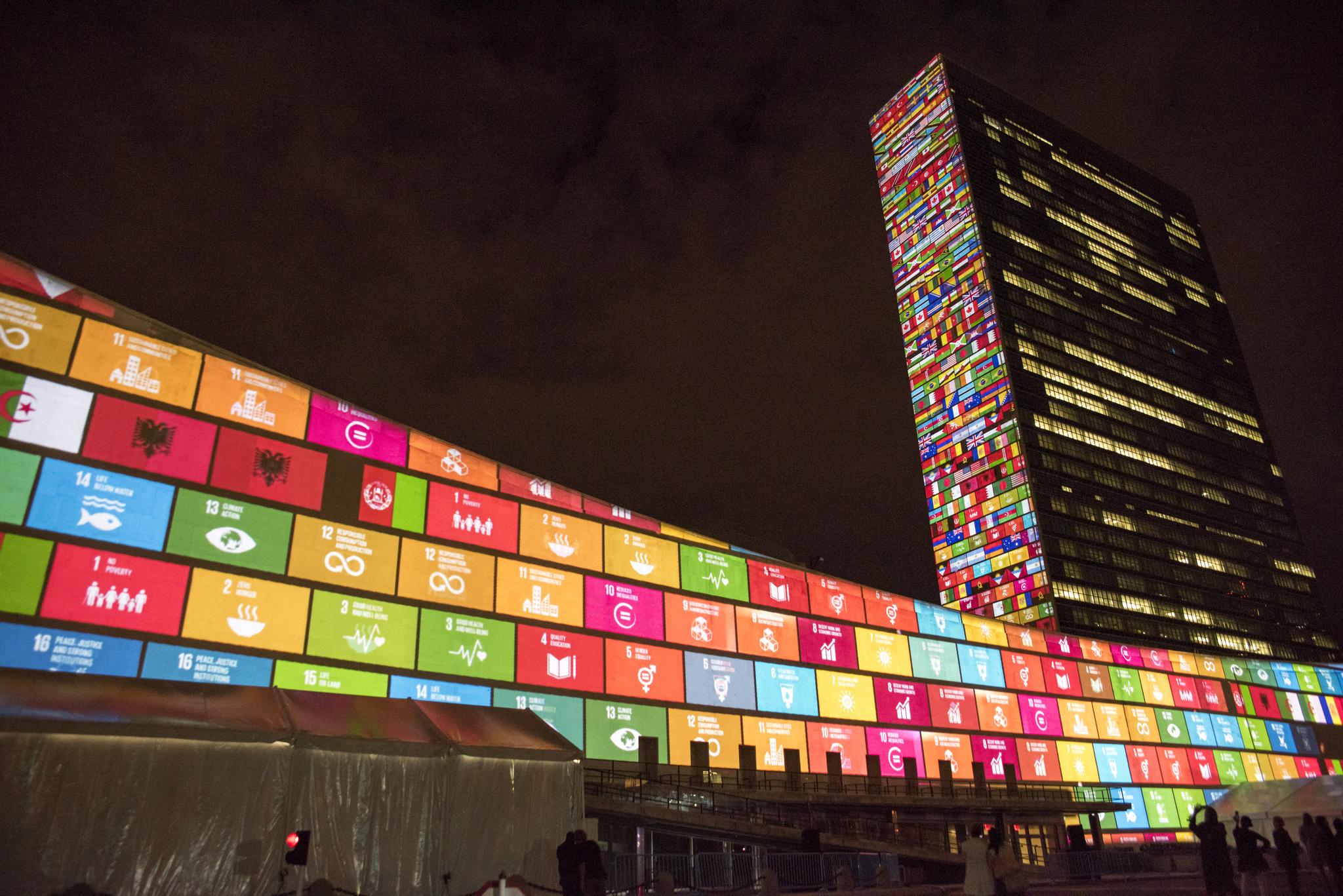Urban farming often conjures up images of small plots of land surrounded by buildings, or roof gardens overlooking the city. Places where small scale, subsistence level farming takes place in the middle of the concrete jungle, offering a chance for local communities of city-dwellers to reconnect with nature and maybe even teach their children the importance of producing one’s own food.
However, for a series of fast emerging tech companies the future of urban farming appears to be looking up rather than down at the ground. Vertical farming involves growing plants indoors, stacking them in layers one on top of the other while using LED lighting and a controlled environment where all elements can be regulated effectively to maximise yield with the minimum number of inputs.
These kinds of vertical farms can already be found across the globe with one of Europe’s largest vertical farms, InFarm, producing over 1,000 tonnes of food per year and other in the USA, such as Bowery Farming supplying fresh vegetables to over 1,100 stores including major retailers such as Whole Foods, Albertsons, Safeway and Amazon. AeroFarms in the US is one of the most well-known for its success in taking over ex-industrial areas and attracting billions in funding for their vertical farming endeavours.
Vertical farms could revolutionise the way we grow our food. Here are some vertical farming companies that are shaping the agricultural sector in 2023. https://t.co/jXBOreQcUh
— Earth.Org (@EarthOrg) February 8, 2023
And these are just a few examples. This new breed of modern farming companies has is looking to completely revolutionize the way in which we produce food, moving away from the soil and open spaces of the countryside and into the abandoned buildings and tight spaces of the city.
The majority of vertical farming companies are also marketing themselves as sustainable solutions to endemic issues in the food system, including lack of resilience to climate change, waste in the productive cycle, emissions connected to both production and transportation, as well as use of pesticides to mention but a few.
AeroFarms, for example, was the first agriculture company honored by the Ellen MacArthur Foundation for their initial Circular Economy 100 and others such as Plenty, also deploying vertical farms in the USA, market themselves as being good for people and the planet.
However, not everyone is convinced about the utopian world of indoor vertical farming. Some of the most common objections revolve around the exorbitant costs of vertical farms, the high energy intensity they require, as well as the impact that high levels of automation in the sector will have on the labour currently tied to food production.
This has lead experts such as, Louis Albright, an emeritus professor of biological and environmental engineering who helped pioneer controlled-environment agriculture, to claim that they would benefit neither people nor the planet and Dr. Jonathan Foley, Executive Director of Project Drawdown, claiming that we should allocate “the same investment of dollars, incredible technology, and amazing brains to solve other agricultural problems” when writing on the topic on his website in 2017.
Furthermore, a recent tech downturn and the rising cost of energy (which has thus far proven to be the Achilles’ heal of indoor farming) have caused a series of companies to lay off workers, downsize and even go out of business, once again begging the question of whether we should keep going vertical when it comes to farming.
So, why go vertical?
Global population continues to grow and is expected to reach nearly 10 billion by 2050, an increasing percentage of which will be living in cities and which will require a 70% increase from current levels of global food production. At the same time agricultural land per person is expected to drop by 66% in 2050, compared to 1970 levels, due to the consequences of climate and urbanization, leading to a fear that food systems are not ready.
In this context vertical farming has emerged as a potential solutions due to its ability to produce high yields in small spaces using little water and no soil. Jamie Burrows, the founder and CEO of Vertical Future, told Global AgInvesting that: “It’s clear that vertical farming solutions, when designed and implemented properly, can provide “some” crops for “some” of the world – and this is indeed a step in the right direction.”
This @washingtonpost article explores ‘Which food is better for the planet’?
Fun fact, our @Vertical_Future systems focus on using aeroponics for particular crop varieties and stages of growth, thus using over 95% less water than other systems💧https://t.co/awKaXlJua4
— Vertical Future (@Vertical_Future) February 2, 2023
For certain crops vertical farms can provide from 10 to 20 times the yield per acre compared to open-field crops, according to studies by the US Department of Agriculture. Furthermore, in places such as deserts or high-population urban areas where traditional open-field farming is not practical vertical farms can provide an alternative, as well as allowing for crop production year round which multiplies the productivity of the farmed surface by a factor of between four and six, depending on the crop. The CO2 reduction benefits are also tied to the fact that with localized production there is no need for long distance transportation and no need for certain kinds of farm machinery.
Another major advantage of vertical farming is the efficiency that can be gained from high level of automation. Software, robotics and data science all allow for unprecedented accuracy when dosing water use, temperature, humidity and CO2 levels for example. This not only enables increased production, but the controlled environment also allows for farms to reduce their environmental impact and in some cases even eliminate the use of pesticides for example which in turn gives people access to organic, chemical free foods.
Is it sustainable?
Eliminating the transportation costs and emissions of food, grow food locally and without pesticides, allow for agricultural land to rewild and remove pressure from the food system. What’s not to like?
The first objection that comes to mind is that vertical farming seems to move away from the first essential ingredient for all plant growth, which is also the most abundant source of energy on Earth: sunlight. By growing plants vertically and in layered systems artificial light is almost always required and is often very expensive and energy intensive. An issue that is compounded by the energy requirements of a controlled environment, including humidity control, heating, ventilation, and air conditioning.
A recent article by The Guardian highlights this issue extensively, pointing out the massive energy costs needed to run vertical farms and greenhouses which renders vertical farming less eco-friendly than the branding of emerging companies suggests.
“The carbon footprint is the main hurdle we have to clear,” when talking about indoor farming explains Neil Mattson, who leads Cornell University’s controlled environment agriculture research group, when talking to The New York Times.
Mattson believes that, when it comes to the most perishable products such as tomatoes and greens, the benefits of indoor farming in controlled environments are “a higher-quality product, more consistent supply, somewhat better control over food safety and insect and disease control using beneficial insects and microbes instead of conventional pesticides,” whereas the negatives mainly boil down to the cost and environmental footprint of energy use.
Although this may be true for these types of food products it is also undeniable that vertical farms are thus far quite limited in what they can grow, which in turn means that traditional farming will continue to form the backbone a food system which feeds the world on calories from grains such as soy, corn and wheat.
What lies ahead
Dr. Kai-Shu Ling is a research plant pathologist with the Vegetable Research Laboratory in Charleston, SC. In an interview with the US Department of Agriculture he explains that although vertical farming as an emerging technology it is still a relatively small market right now with huge potential for growth.
“It is hard to predict how this industry will grow in the future, but I believe that it’s possible that vertical farming can take over approximately 50% of leafy green markets in the U.S. and some small portions (~5%) of small fruit (strawberry) and tomato markets in 10 years,” says Ling.
To understand such a revolution in how we produce food it is helpful to look back at the impact of greenhouses on our current food system. Without greenhouses countries such as the Netherlands would not be the food production powerhouses that they are today, whereby they are the second largest agricultural exporter by value, sending $10.7 billion in tomatoes, cucumbers and bell peppers annually to its neighbors, including Germany, Belgium and Britain.
In a world of increasing pressure on food systems vertical farms could play a role in providing more resilience with agricultural scientists from several US universities publishing a 2020 article demonstrating how vertical farming might one day play a role in hedging against future unexpected supply chain disruptions.
The real question is if all the efforts in innovation for vertical farming are not better spent improving existing agricultural practices such as developing new methods for drip irrigation, better grazing systems that lock up soil carbon, ways of recycling on-farm nutrients, or even just helping improve organic farming and high precision agriculture.
Another key aspect is the competition for different uses to which a given plot of land can be devoted, explains Maria Vincenza Chiriacò, a scientific researcher of the Division on Impacts on Agriculture, Forests and Ecosystem Services at Euro-Mediterranean Center on Climate Change (CMCC).
“Land is a finite resource of which we already use about 70% of global land for human purposes, with strong competition between food versus feed versus energy production and urbanization. Therefore, vertical farming represents a valuable solution in saving lands,” says Chiriacò.
However, Chiriacò also believes that it will be paramount to determine what will be done with the land that is replaced with vertical farming. “Converting it to forests or other natural ecosystems is very different from using it to expand urban areas. In fact, soils in natural ecosystems or in sustainably managed farmlands can play a key role in removing and storing CO2 as well as in contributing to biodiversity enrichment. On the other hand, urbanized or intensively managed environments inevitably lead to barren and dead soils” says Chiriacò.
“Although there are certainly benefits to vertical farming and growing food in urban areas – such as bringing food production closer to the areas where it is in most high demand and contributing to a more resilient food system in particular with respect to impacts of a changing climate – the priority has to be a holistic approach to land management, taking into account all the potential side effects in terms of soil and biodiversity protection as well as in the preservation of the cultural values of traditional food and farming practices.”






